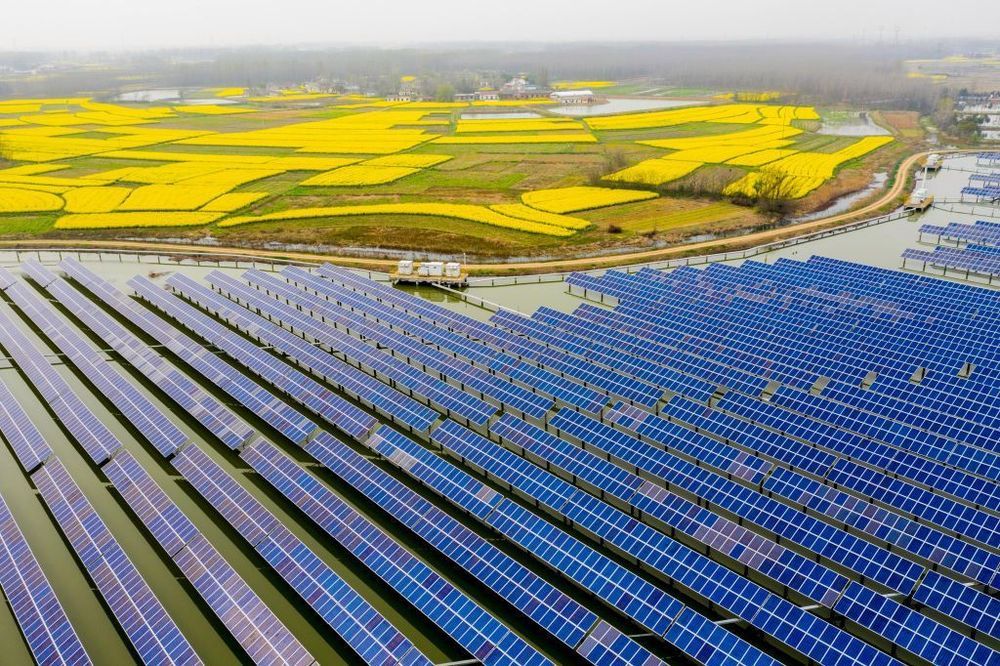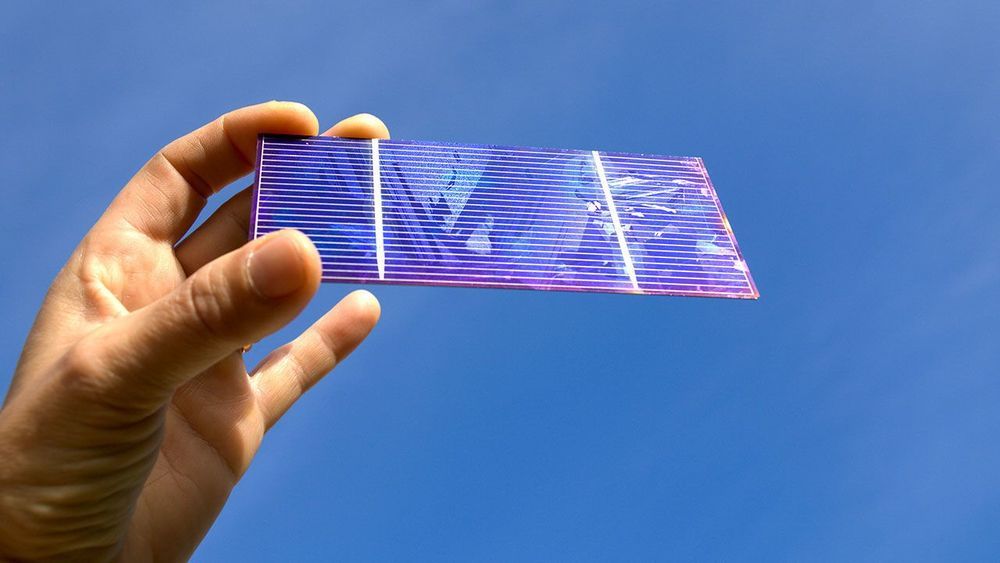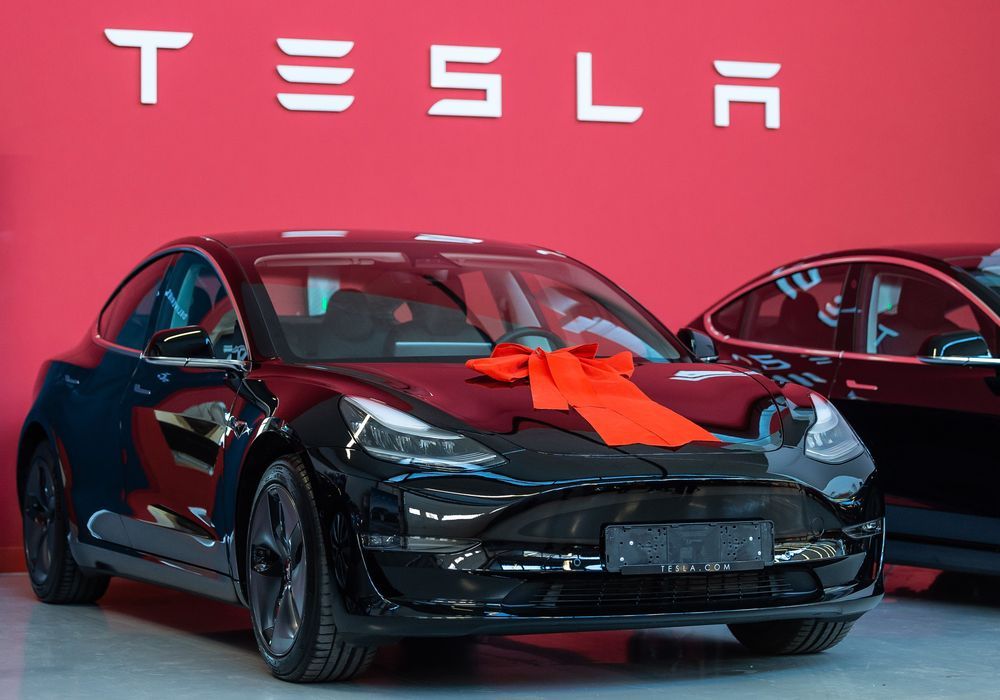MIT’s Computer Science and Artificial Intelligence Lab (CSAIL) is developing a robot that sorts for recycling. Fundamentally, the squad’s robot arm has soft grippers ad the robot can take objects from a conveyor belt and identify what they are made from— by touch.
Tactile sensors on the robot are the main feature. The sensorized gripper is fully electrical driven. It can detect the difference between paper, metal and plastic.
Why this matters: “Although environmental and sustainability concerns have made it crucial to scale up recycling operations, object sorting remains a critical bottleneck for recycling scalability,” they wrote in their paper that describes their work.







